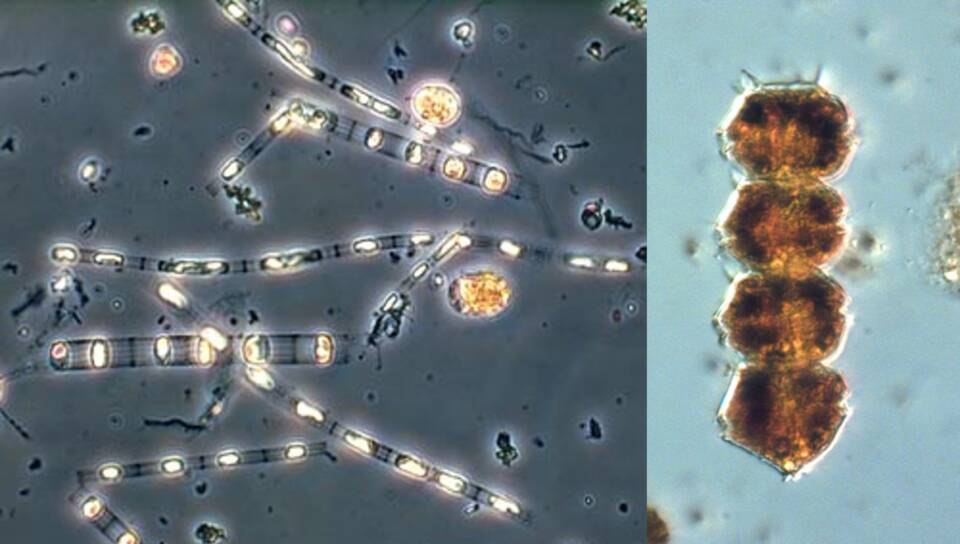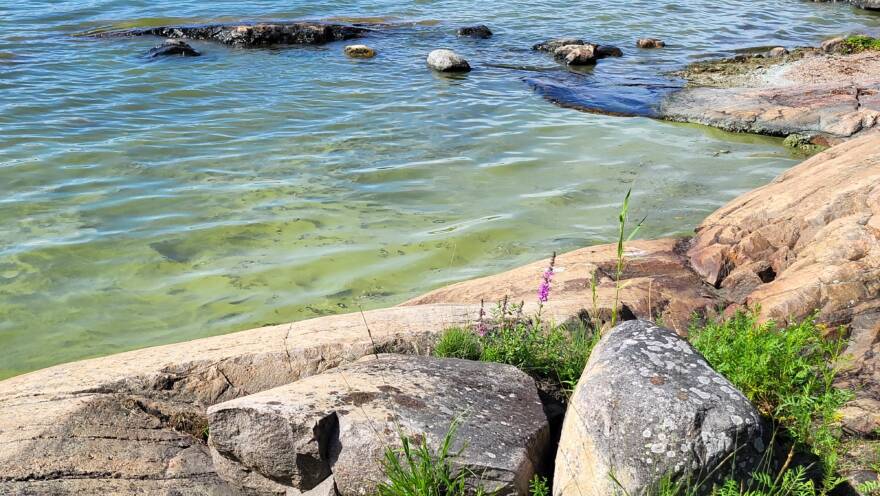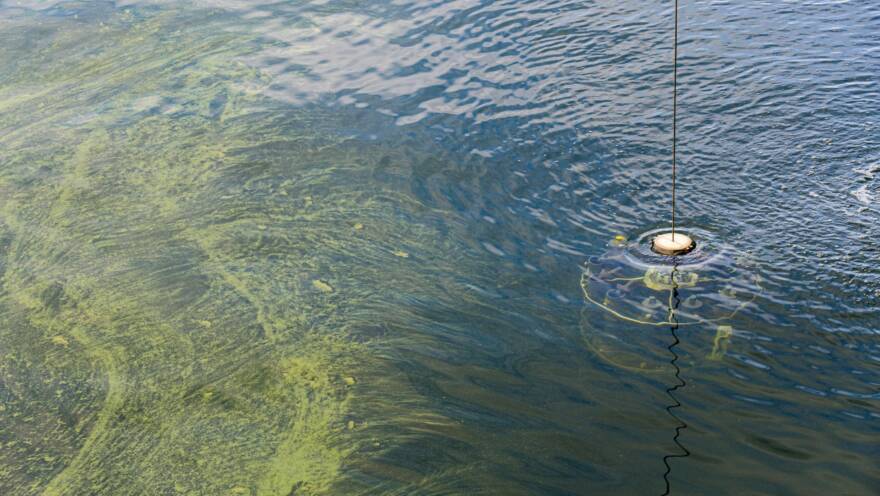
Nutrients regulate eutrophication
Algae and aquatic plants need nutrients to grow and reproduce. If more nutrients enter the water, growth intensifies, leading to eutrophication. However, it is not just the quantity of nutrients that matters, but also their quality and the ratios between them.
Plants and algae require a variety of nutrients for their growth. Most of these are abundant in seawater. However, some nutrients are scarce, and the availability of these nutrients determines how much plants and algae can grow and reproduce. If the supply of an essential nutrient runs out, the growth of algae is inhibited, even if other nutrients are available.
Such nutrients that regulate plant and algae production are called limiting nutrients. In aquatic ecosystems, the limiting nutrient is usually either phosphorus or nitrogen, or both together. Aquatic plants and algae compete fiercely for these nutrients.
Fighting against eutrophication, it is prudent to limit the entry of both nitrogen and phosphorus into the waters. However, it is often beneficial to know which nutrient is critical so that efforts can be focused specifically on it.
The limiting nutrient varies by marine area
The limiting nutrient can be identified by knowing how much different nutrients are used by organisms for their growth. For phytoplankton, the need for nitrogen is 15–20 times greater than the need for phosphorus. This means that in an optimal situation for phytoplankton, the water contains dissolved inorganic nitrogen and phosphorus in an atomic ratio of 15:1–20:1. If there is more nitrogen relative to phosphorus, the limiting nutrient is phosphorus – if less, the limiting nutrient is nitrogen.
Oceans are generally nitrogen-limited, meaning nitrogen is the limiting nutrient. Inland waters, on the other hand, are usually phosphorus-limited.
In the brackish waters of the Baltic Sea, the situation is more complex. The Bothnian Bay behaves like inland waters and is strongly phosphorus-limited, while the Gulf of Finland is nitrogen-limited except for its easternmost part. The Bothnian Sea varies from weak nitrogen limitation to co-limitation
Inorganic and organic compounds
Nitrogen and phosphorus exist in water in various forms, which algae can utilise to varying degrees. It is known for certain that algae can directly use dissolved inorganic compounds. The inorganic nitrogen compounds present in water include ammonia, nitrates, and nitrites – for phosphorus, these are phosphates.
In the Baltic Sea, the majority of the total phosphorus is in the form of inorganic phosphates. In contrast, dissolved nitrogen is mostly in organic form, i.e., as organic compounds. The usability of organic nitrogen compounds for algae is not well understood.
Winter nutrient concentrations indicate the development of eutrophication
Information on changes in the eutrophication of the Baltic Sea is obtained by monitoring the nitrogen and phosphorus concentrations in the water. In practice, this means regularly measuring the phosphate and nitrate concentrations in the water.
For long-term monitoring, data on the wintertime phosphate and nitrate concentrations in the surface layer of the water are most useful. In winter, the water mass is mixed, and there is little phytoplankton using the nutrients. When no organisms are consuming the nutrients, the nutrient concentrations in the water are at their highest.
Spring brings a growth spurt
With the arrival of spring, nutrients come into use. As light increases and the water begins to warm, the reproduction of phytoplankton accelerates. The abundance of nutrients ensures that plankton populations multiply rapidly in a short time. In the spring, there is more phytoplankton in the sea than at any other time of the year.
Zooplankton, which grazes on phytoplankton, also benefits from this abundance. Through zooplankton, the effect is reflected throughout the entire marine food web. The more eutrophic the sea is – the more nutrients have accumulated in the seawater – the more the food web expands.
Before long, however, either phosphorus or nitrogen begins to run low in the water. Phytoplankton declines, and zooplankton also faces leaner times. Bacteria that decompose dead organisms, on the other hand, continue their work. Decomposition is slow, but over time it releases nutrients back into the cycle. The vicious cycle of eutrophication continues.

Blue-green algae obtain nitrogen from dissolved nitrogen gas in the water
A special case is blue-green algae, which can bind nitrogen gas dissolved in the water from the atmosphere. Therefore, blue-green algae do not need nitrates or other nitrogen compounds in the water and do not consume them. However, they do consume phosphorus like other algae.
Blue-green algae thrive in the Gulf of Finland and the northern parts of the Baltic Sea’s main basin, where there is sufficient phosphorus and nitrogen is the limiting nutrient. When other planktonic algae die off in early summer due to a lack of nitrogen, blue-green algae gain dominance. Large masses of blue-green algae often appear in these areas in mid-summer.
When blue-green algae die and decompose, the nitrogen they have bound is released into the water for use by other algae groups. At that point, the limiting nutrient in the area may shift from nitrogen to phosphorus.
-
 Find out more
Find out moreSinilevät
-
 Find out more
Find out moreItämeren tilan seuranta

